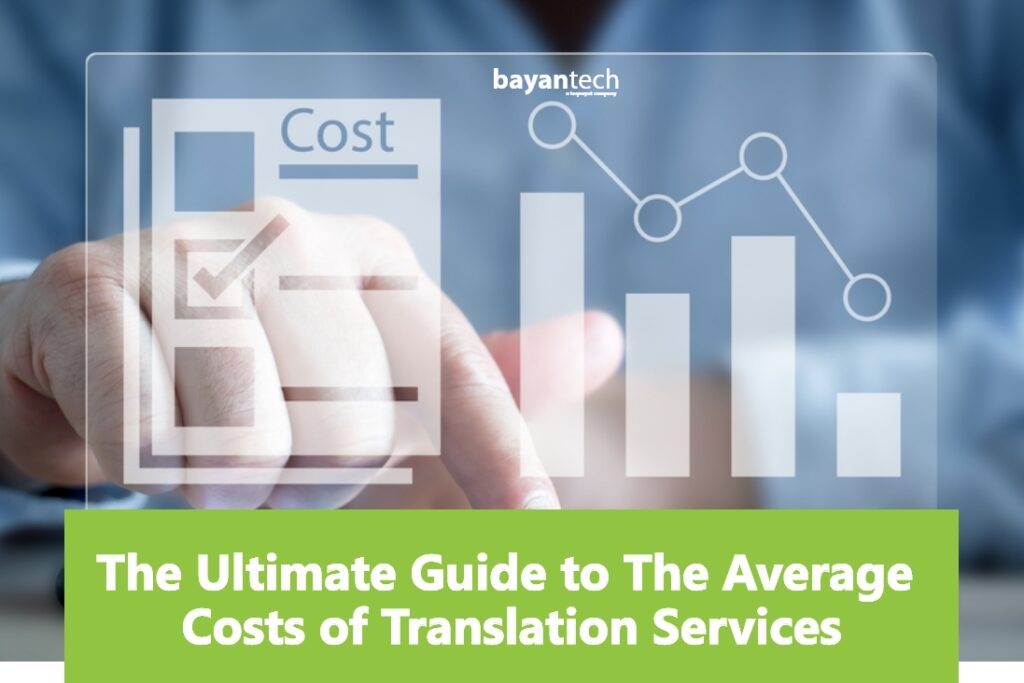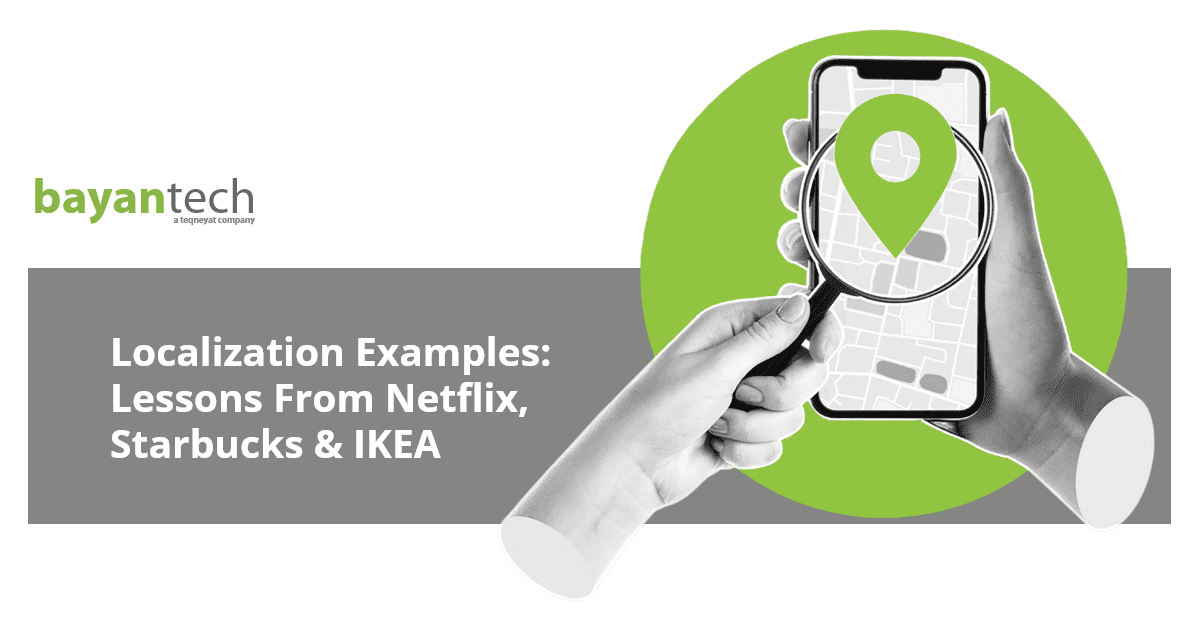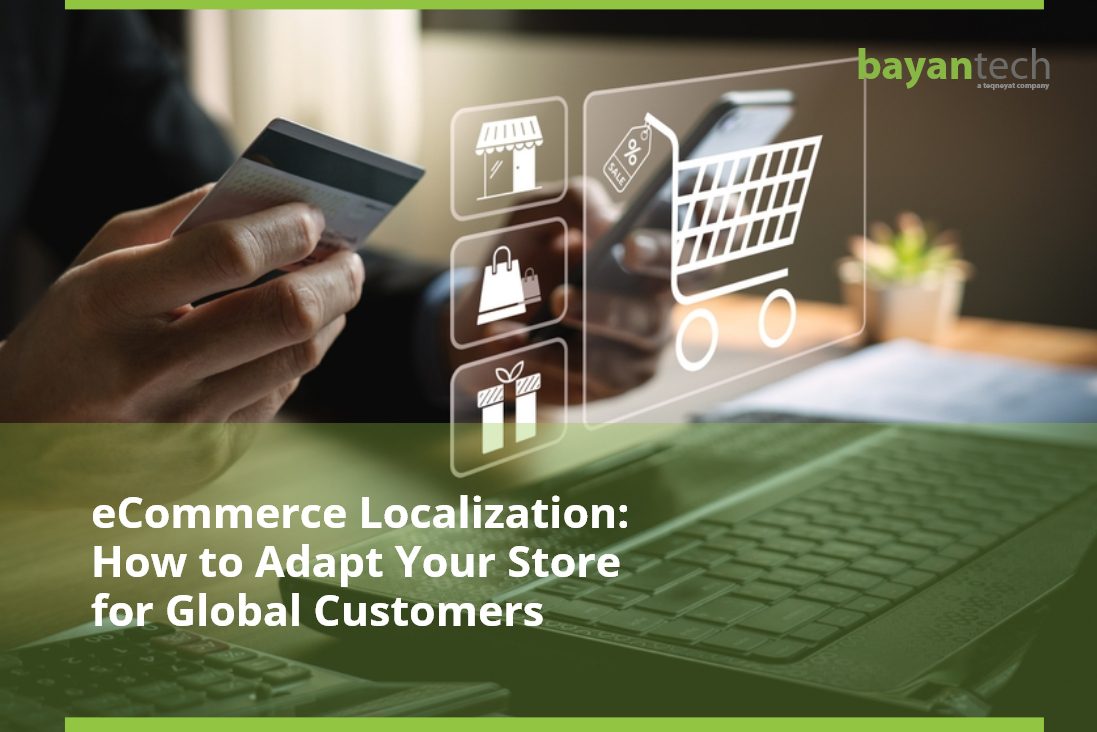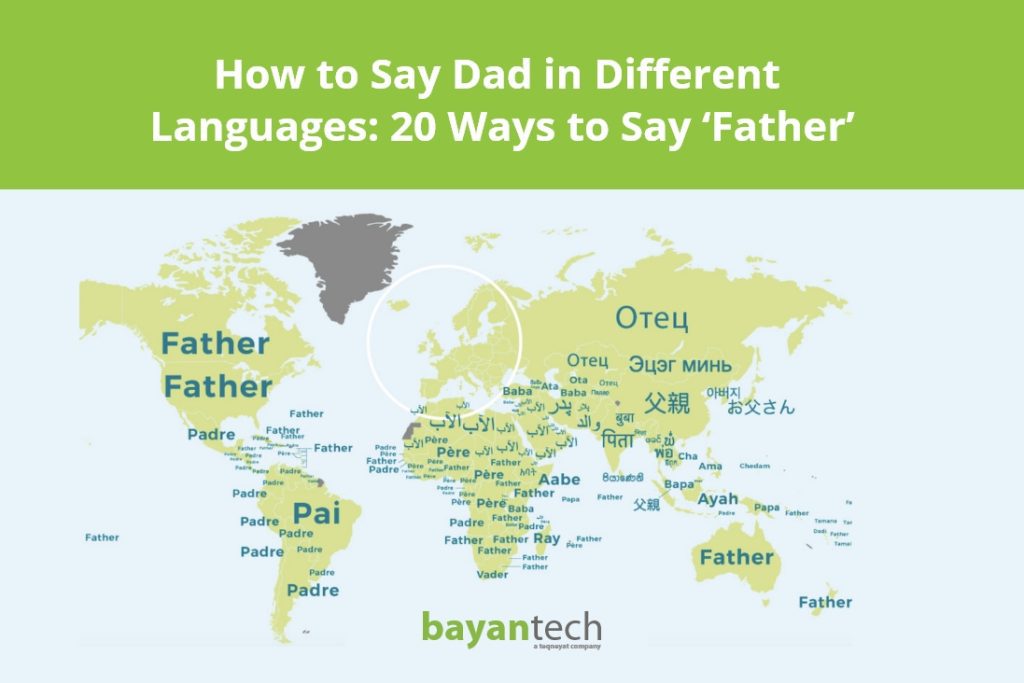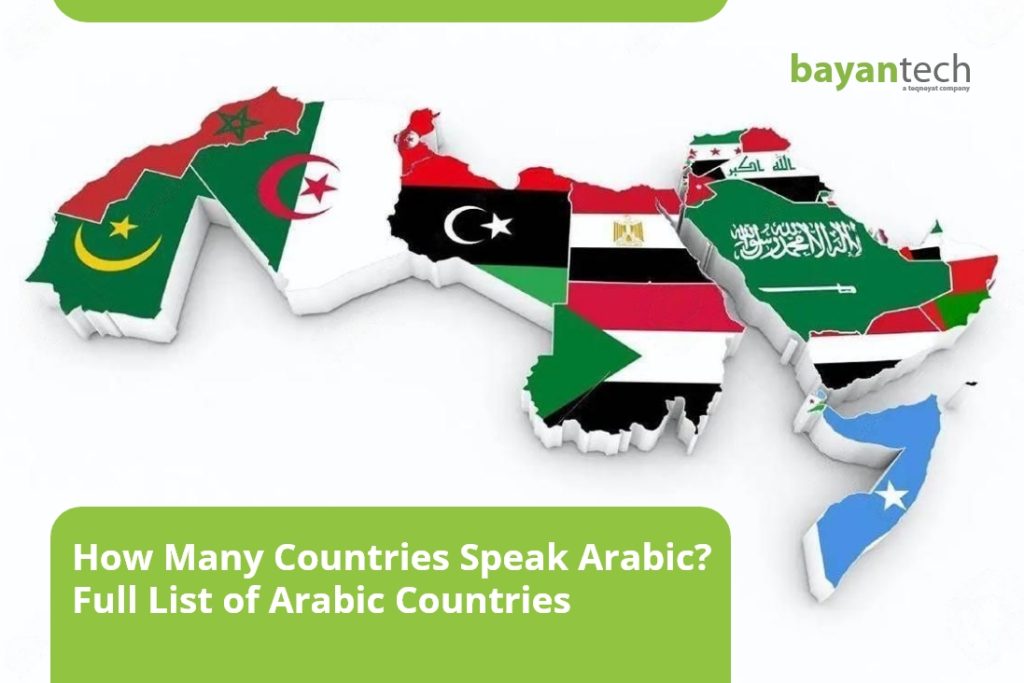Translation services don’t have standard pricing and are often provided through a range of pricing models by both translation agencies and freelancers.
However, if you are planning to request a translation service or looking to optimize its costs, you can do this by understanding how translation pricing works and what the average cost of translation services is.
In this blog, we offer you a detailed breakdown of factors that affect translation prices, the different models of how the cost of translation projects is calculated, and key tips to choose the best translation support.
Table of contents
Why Does The Average Cost of Translation Services Vary?
There are many factors that determine the average cost of translation services. Perhaps, this is where business owners and decision-makers find it confusing (and daunting) to integrate translation into their strategies or set the right budget for their translation projects.
Before you get started with your translation project, it’s essential to learn more about these factors and their cost implications on your projects.
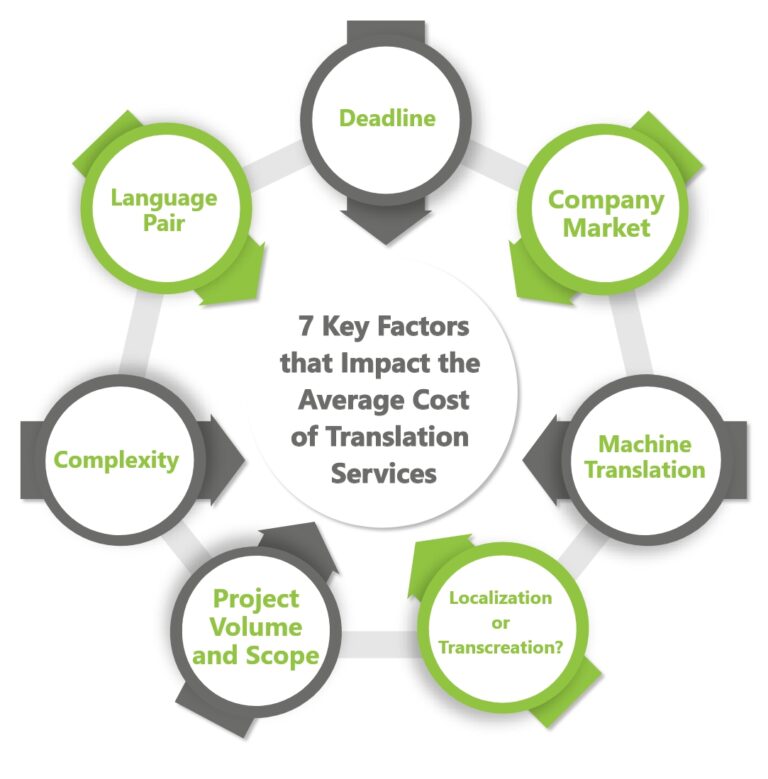
- 7 Key Factors that Impact the Average Cost of Translation Services
- 1. Language Pair
As the languages you translate from and to change, the average cost of translation services changes. Usually, the more professional and experienced native resources are available for the language, the lower the costs. The opposite also applies.
As an example, you can expect the translation from English to Spanish or vice versa to cost less than translating less common language combinations, such as Norwegian or Persian.
Generally, you can only compare the costs of translation of similar language pairs, as different pairs require different qualified professionals with different pay.
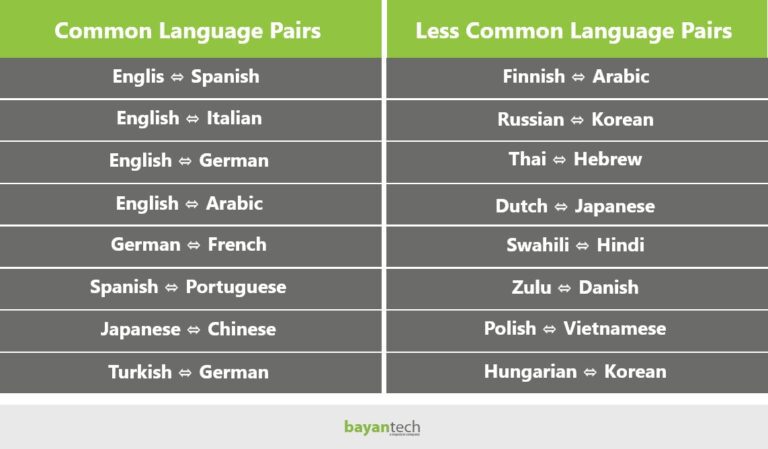
- 2. Complexity
One of the biggest factors that affect the average cost of translation services is the technicality of the subject matter. The more specialized the subject matter is, the higher the cost, with the translation of more generic documents (that anyone would understand) being ranked at the bottom in comparison.
Engineering documents, legal documents, and medical journals are a few examples of technical documents that can be of higher cost.
Those are also delivered as separate services known as marketing translation (for marketing materials), legal translation (for legal documents), and technical translation (for engineering and IT subjects). That’s why the rates for legal translation and rates for technical translation are calculated differently than any other types of translation.
- 3. Project Volume and Scope
Like any other service, the average cost of translation services varies according to the volume of the project. Basically, a project’s volume is determined based on the word count. But that’s not the only way to determine the volume of the project.
The scope of the project also matters. For projects like Desktop Publishing and website localization, they go beyond the word count. The cost here is heavily dependent on the amount of effort and technical work put into the project. You might have a user manual that’s graphic-heavy, and without much textual content. That could be a high-volume project.
And the same applies to website localization. Do you want to know how that works? Learn more about website localization best practices.
It’s worth mentioning that, depending on the translation agency, you may get more reasonable prices for your high-volume projects, whether accounted per word or any other pricing model. If you need a hint; the more tech-equipped an agency is, the more they can help you cut costs on repeated words and segments.
- 4. Localization or Transcreation?
Localization and transcreation are different services from translation, and you should be aware of this difference before deciding on either of them.
However, one thing they may have in common is that they can be expected to cost more than translation, since they require more than just converting words into a new language.

Localization considers the final product after translation, meaning that the target audience’s cultural differences and interests are considered during translation. So instead of translating to Spanish, localization considers the choice between Spanish (Argentina) or Spanish (Spain) and so on.
Beyond translation, localization includes cultural adaptation as well as website/app optimization and localization, so it takes much extra work from a cross-disciplinary team.
Transcreation, on the other hand, is basically translation that is done with a creative approach, so instead of converting exact meanings, the delivered messages can vary to depend on but not follow the original content that is translated.
For marketing materials in particular, you need a blend of transcreation and marketing translation.
- 5. Machine Translation
If you want cheap, machine translation can give you that. Quality, you are asking? Not so much.
Despite the great strides in machine translation, it’s still not enough. But if you believe this is what you can afford, and you can’t sacrifice quality, machine translation can be used … but cautiously and only as a tool before it gets heavily edited and fine-tuned by a human linguist.
Enter Machine Translation Post Editing (MTPE), where a human translator works to improve the machine-generated translation to match the outcome of a professional human translation. MTPE makes quality more affordable than ever, and here are Machine Translation Post Editing rates to prove it.
Sign up to our newsletter to receive the latest blogs and news.
- 6. The Translation Company’s Location
Did you know that the average cost of translation services can still vary according to the location of the translation company or freelancer? And remarkably too.
For example, if you require translation services from English to Arabic, and choose a company based in the MENA region, you can expect the rates to be more affordable than those of a UK-based company. This is because the cost of living varies from one country to another, which accordingly affects the rates charged by different translation companies.
Also, a native English-French translator based in the United States can offer different rates compared to someone based in Singapore.
- 7. Deadline
If you need any translation service through a very tight deadline, then you get charged more to get this priority from an agency or freelancer.
In such a case, a translation agency may need to bring additional resources aboard, such as more translators, editors, or project managers, to deliver a project within a short timeframe. Additionally, some agencies may charge a premium for rush orders.
You should know how much more you are paying compared to the standard rates to know whether paying to get it early is worthy or not, depending on how urgent you need the translation.
A Handy Guide to Technical Translation Rates
Get this article’s core concepts, in a portable and convenient format.3 Different Pricing Models of Translation Costs
There are different models for calculating prices for different translation services. Understanding these models gives you the ability to compare prices properly. Here are the 3 models of pricing translation services.
- Per Word
One of the widely used models that facilitate comparing prices is the cost-per-word model. As the name suggests, the cost of a project is determined based on the cost per word multiplied by the total number of words.
The per-word rate varies depending on factors such as the language pair and complexity of the subject matter, among others. And it is considered a transparent and straightforward model, allowing clients to accurately estimate the cost of the translation project based on a standardized metric.
- Per Hour
The cost-per-hour pricing is another way of calculating translation costs, where you get charged based on the number of hours spent on your translation project.
With a standard cost per hour, there can be a report of the estimated time of completion of the project, based on factors such as the type of translation and type of work it requires.
This method is ideal for specific types of translation services like: DTP, transcreation, interpretation, and software localization, where it’s challenging to determine the cost based on the number of words alone.
- Per Page
One of the most common ways of calculating translation costs is the cost per page, and it is very similar to the cost per word.
Usually, it is either agreed that every 250 words are a page, for editable content where word count can be easily viewed. The cost in this case is per 250 words instead of per one word.
The per-page basis can also apply to content that is not editable by the real page, as the agency or freelancer has to either convert it to an editable file to calculate word count or give a rough estimate.
5 Tips to Choose Between Different Translation Service Offers
In order to make an informed decision on the translation services provider to partner with, and considering how broad the prices of translation services are, you may need to consider both the factors affecting the average cost of translation services, but also essentially these few tips.
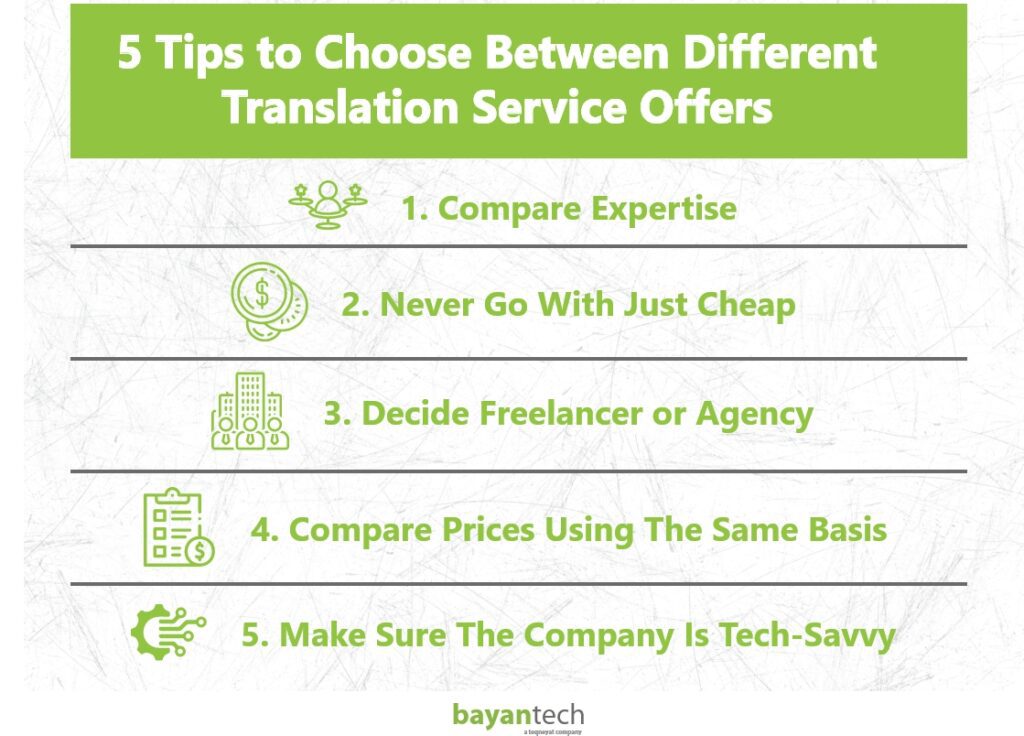

1. Compare Expertise
When you are making a choice between different translation service providers, you may need to compare the expertise of each company while comparing their pricing offers.
Don’t let lower prices blind you to the difference in quality between the two companies and their expertise in the market. Consider the companies’ portfolios and online reviews to get a better understanding of what they can offer and what their previous/existing clients think of their quality and prices.
A company with a large network of professional translators can be a great choice in the long term, while certifications like ISO can help you be more assured of your choice that they are providing quality that meets international standards.

2. Never Go With Just Cheap
Avoiding the cheap service trap is crucial. Translation isn’t just a service where differences can be tiny. It is also something that can’t be done by anyone, as it needs professionals who are qualified and have gained experience over the years.
Translation also usually has an impact on the future of your company. Inaccurate translation of your technical documents or website content can give a bad impression to your clients, and even mislead them; and poorly translated marketing materials can negatively impact your sales.

3. Decide Freelancer or Agency
Truth be told, a freelancer can cost less, but can be the choice that means extra hassle. A freelance translator may work better for small, one-off projects that usually include one language pair.
However, they are not equipped to handle large projects or more language pairs. You may consider hiring multiple freelancers, and then you’ll need to decide if you can manage the hassle of hiring and managing more freelancers. Freelancers are also a better choice when there is no complexity or project management needed.
On the other hand, a translation agency works better for large-scale, long-term projects that involve multiple language pairs and require so much work than just translating a few documents, such as software and multimedia projects. Translation agencies are equipped with huge cross-disciplinary teams, translation technology, and professional project management to deliver fast and professional translation services.

4. Compare Prices Using The Same Basis
You can only fairly compare rates from different translation service providers if they are on the same basis. If they are per-hour, compare them to other per-hour offers. If they are per-word, then you may need to compare per-word offers only (which can be the best way).
Comparing a per-hour offer to a per-word one can actually be useless, as you never get to compare prices appropriately.
You should also be able to request a free quote from a company before paying for any service to be able to compare offers with no obligations.

5. Make Sure The Company Is Tech-Savvy
Today, a translation company that implements the latest technologies has an edge over its counterparts. And while this in part ensures a more efficient translation process and much higher quality translations, it can significantly keep costs to a minimum.
You’ll need to rely on a translation company that uses an advanced translation management system that integrates CAT tools, translation memories, terminology management and more.
This could be useful for more complex projects where consistency can be an issue and a large team is working on the translation. Translation platforms help in managing large projects efficiently without them getting messy, which should be reflected in both quality and timely deliveries.
Their features also extend to automated quality checking, which helps translations get more polished and prevents flaws from making their way to the final document version.
Professional and Affordable Translation Services by bayantech
bayantech offers a high-quality, end-to-end translation service that lets brands rest assured about the quality of their multilingual content and communications with clients and partners worldwide.
You can learn more about our top-level quality assurance process and how we guarantee outstanding translation and localization from here.
As our translation service guarantees quality, it also offers best-in-class rates and turnaround times, powered by an outstanding network of native-speaking cross-disciplinary teams and effective usage of technology.
bayantech is a leading company in translation services, localization and interpreting services in the MENA region and beyond. We have been supporting businesses and organizations in diverse industries since 2004, growing our comprehensive list of specialized linguistic services, powered by our professional multidisciplinary teams. You can contact us at any time to learn more or you can request your free translation service quote now.
Click on a star to rate this post!
5 / 5. 11

